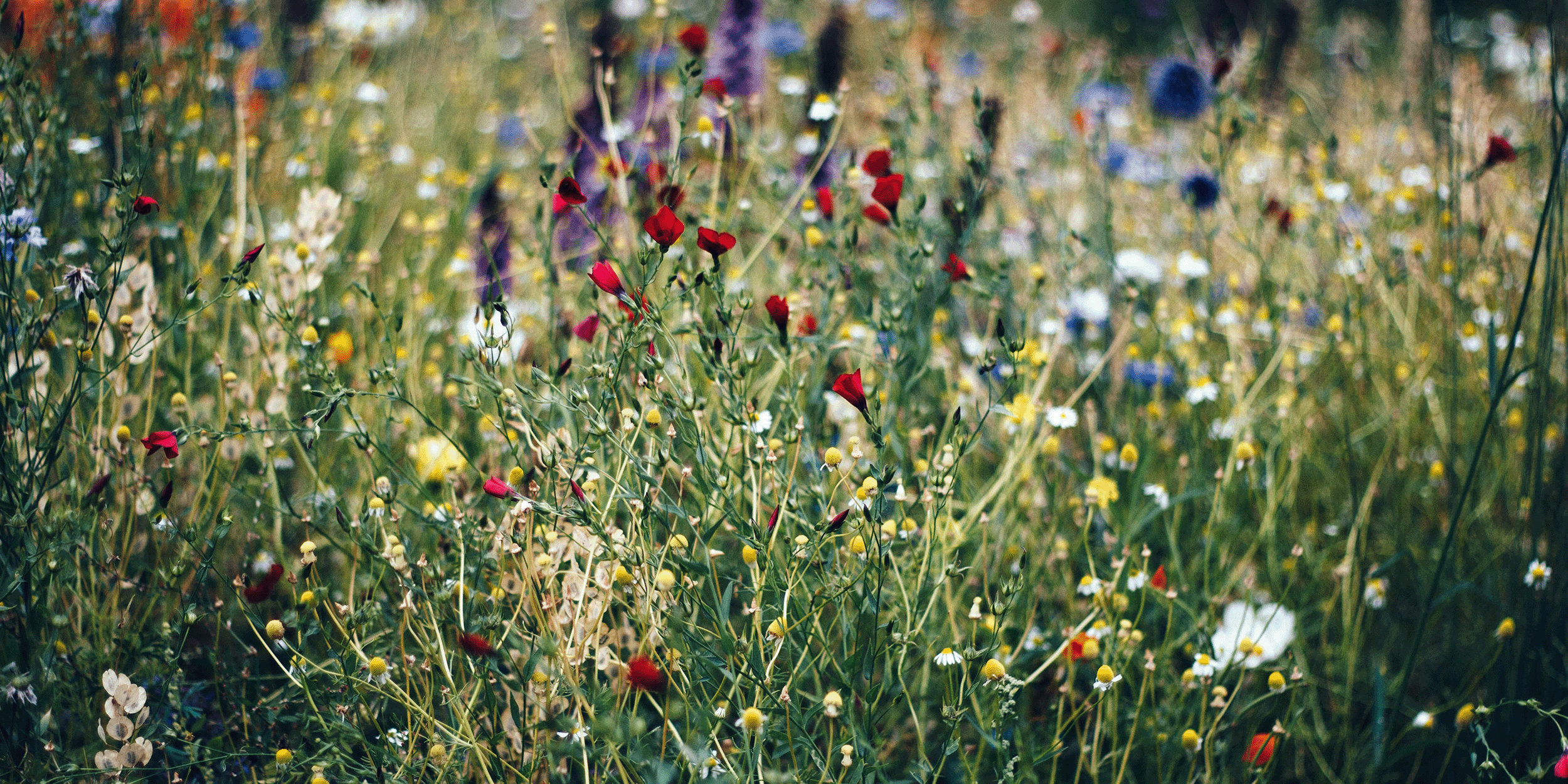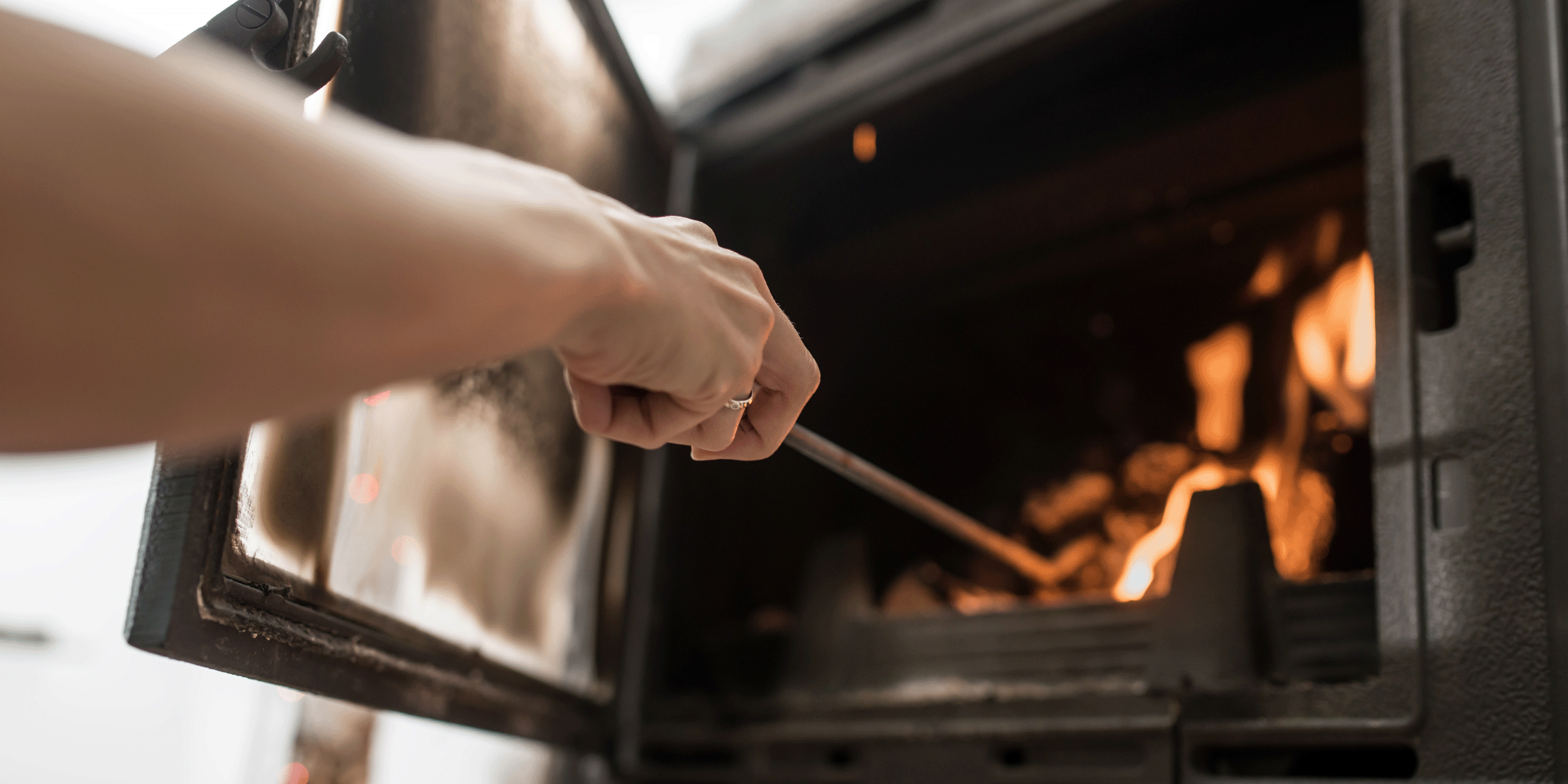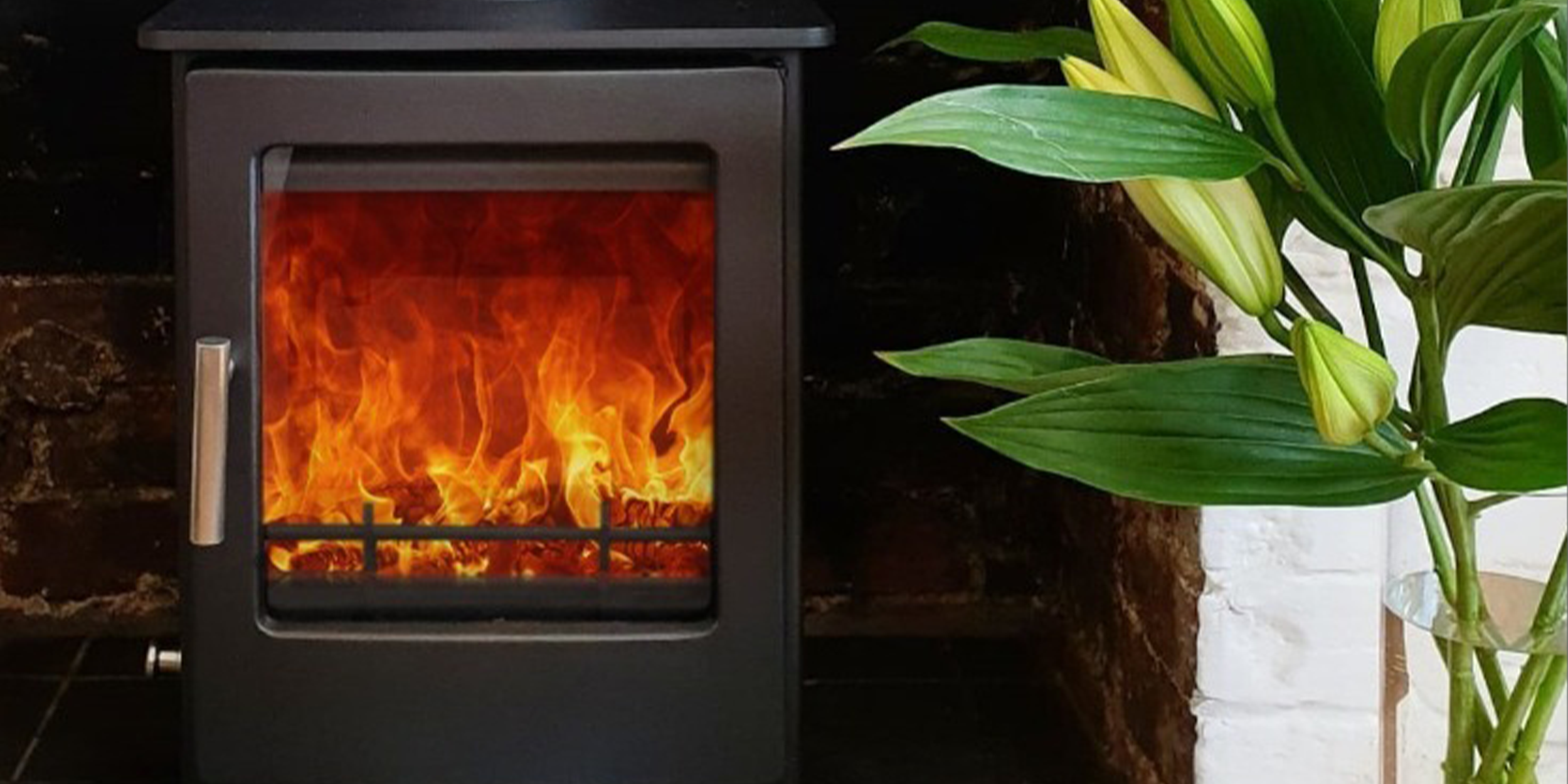16 things you should never burn in your wood burner
You could be risking a fine, the longevity of your stove, or even a house fire if you burn irresponsibly. Your wood burner is only as good as the fuel it is fed – this article will provide you with the tips you need to safely and efficiently keep your home warm.
Homeowners have recently received fines after their wood burners produced excessive smoke – but what can cause this? One of the most common causes of these fines is irresponsible burning, such as burning things that should not be burnt. Burning any of the materials below will likely cause your wood burner to produce excessive smoke, placing you at risk of a fine.
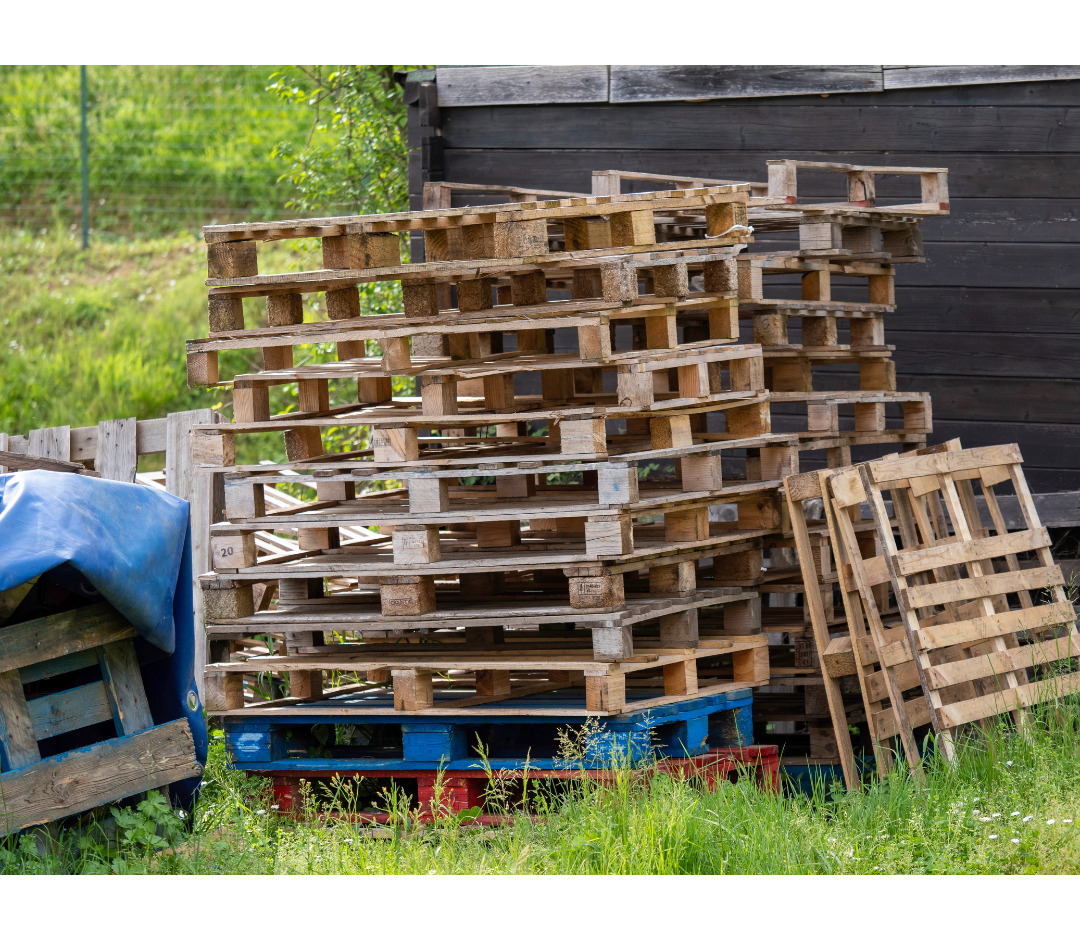
Wood pallets
Pallets should not be burned in your wood burner as they likely will have been treated with wood preservatives. Extremely harmful fumes are emitted when wood pallets are burned, which can damage your health, stove, and the environment.
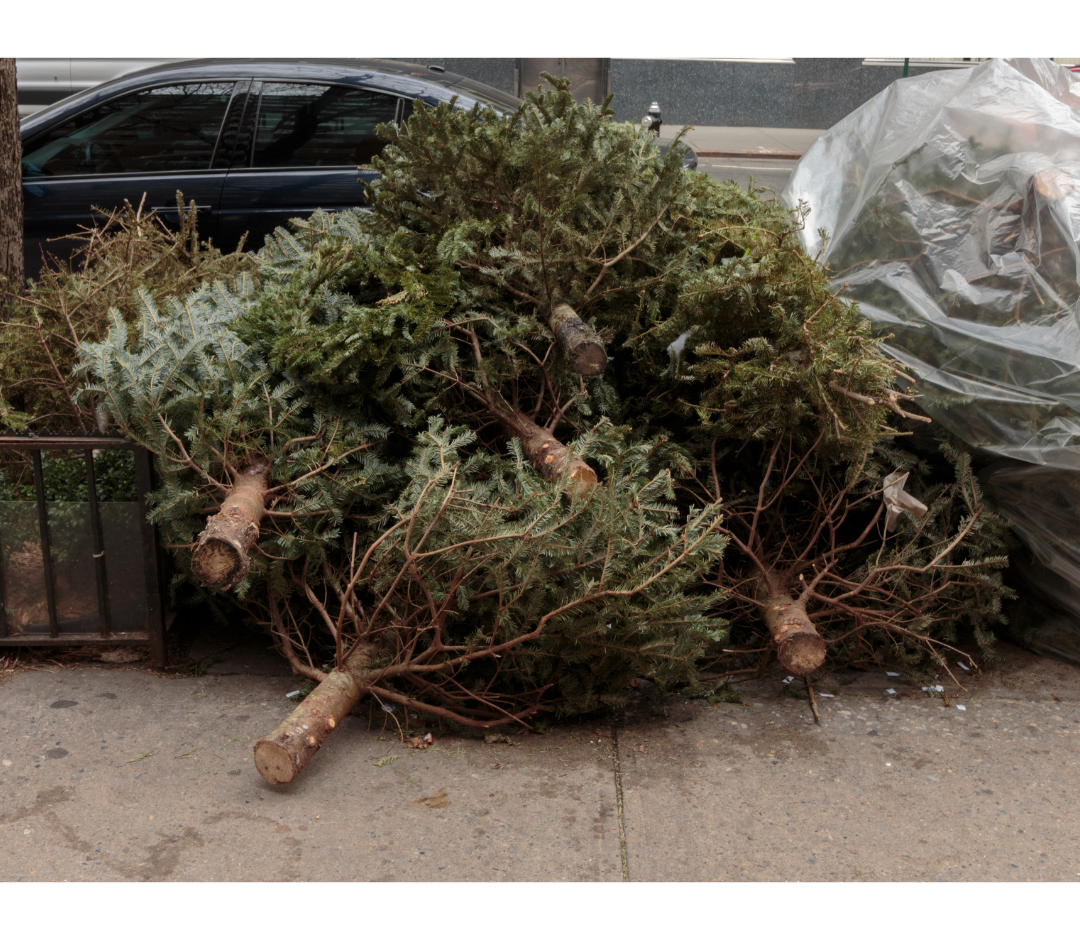
Christmas trees
It may be tempting to chop up your tree after Christmas and repurpose it as fuel for your fire, but this should be avoided. The wood itself is not suitable for burning due to its high content of resin and wax and the pine needles’ exceedingly high energy content can cause irreparable damage to your stove.
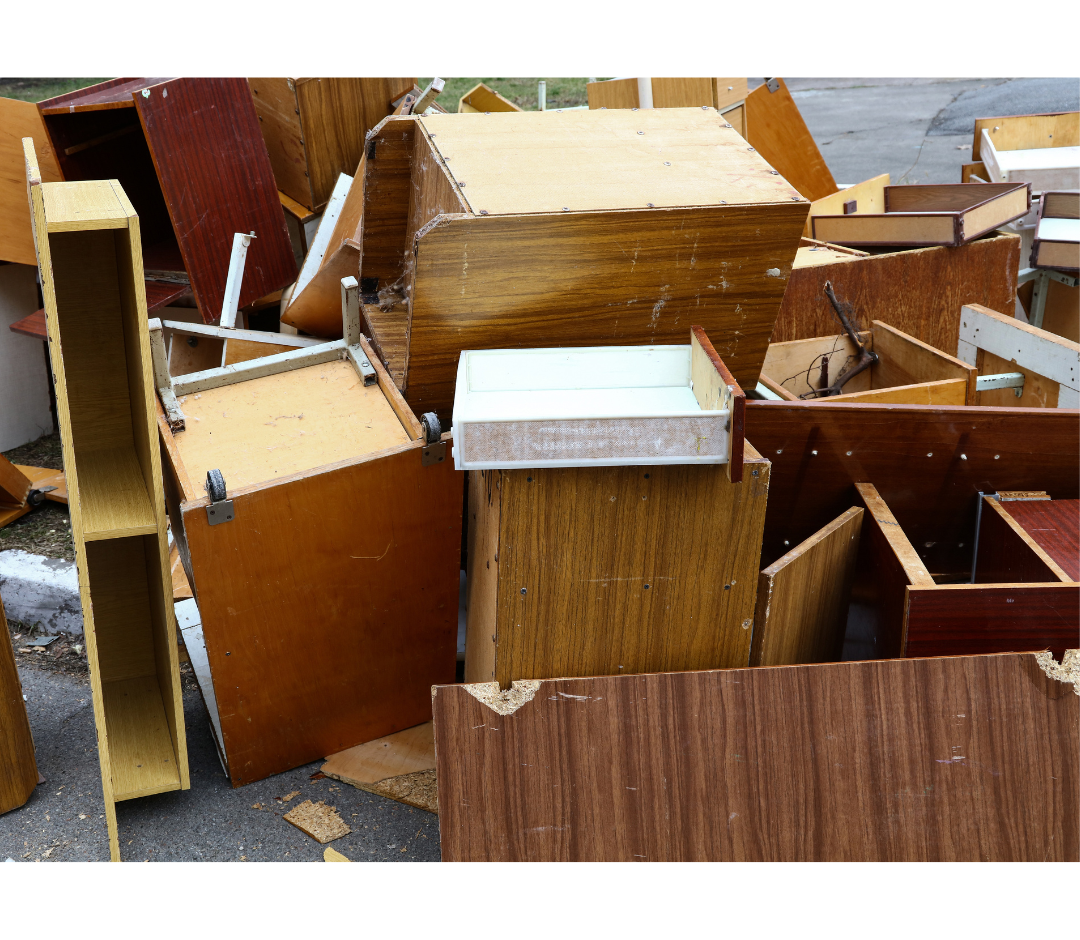
Old furniture
Recycling old furniture by using it as fuel might seem like a good idea, but these materials usually contain chipboard or plywood and should not be burned in your stove. Glues and other organic compounds are used in the construction of these materials and, when burned, emit dangerous fumes. These emissions are harmful to the environment, your health, and can damage your wood burner.
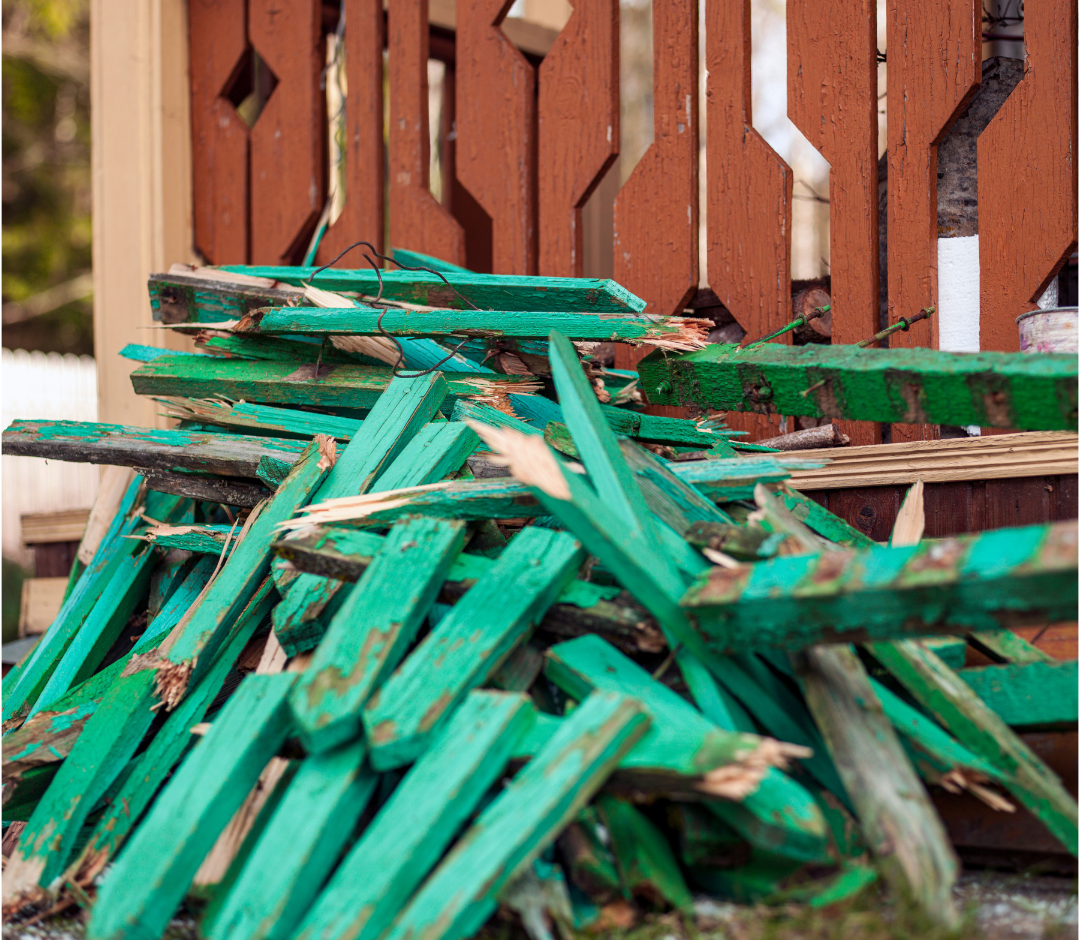
Varnished or painted wood
The coat of paint or varnish releases a multitude of chemicals when burned, damaging your appliance and the flue, creating costly repairs. In addition, the fumes released when the varnish or paint burns are extremely toxic and can result in serious health problems – especially for those with respiratory problems.
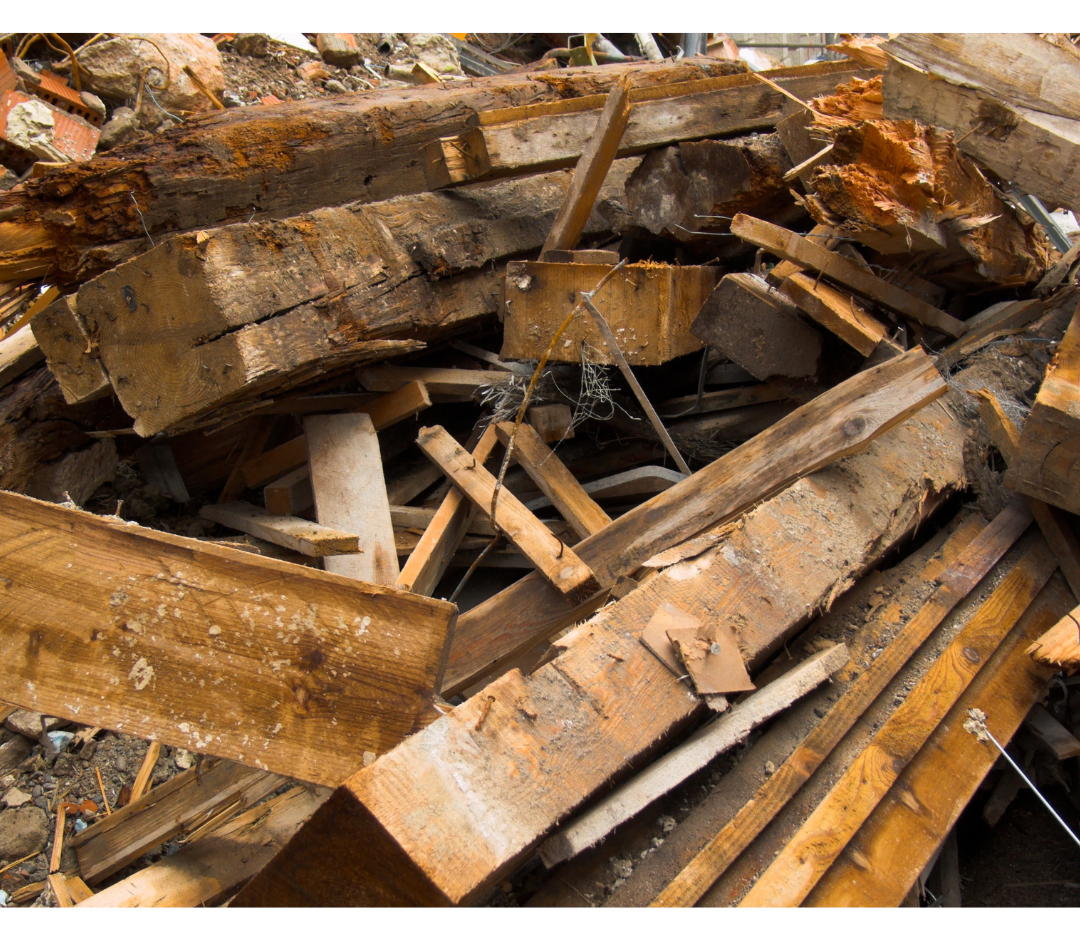
Treated timber (pressure-treated wood)
Wood that has been pressure-treated should never be burned in your stove. Treated timber is wood typically used for external construction that has preservatives added to it, giving it properties such as additional water resistance or fire resistance. These preservatives are extremely dangerous when burned and can cause serious health issues – it is imperative that pressure-treated wood is never burned.
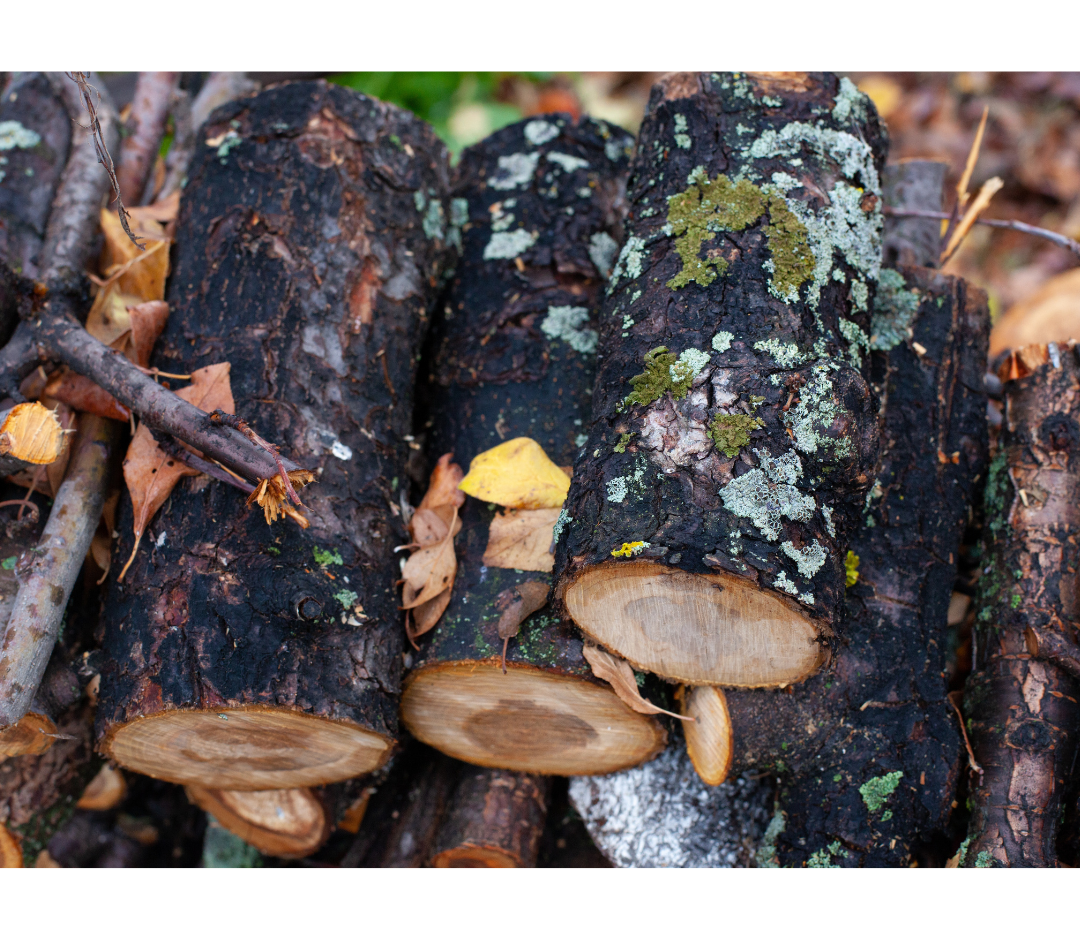
Wet wood
Also known as green wood or unseasoned wood, wet wood describes logs that hold a high amount of water. Wood with a moisture content above 20% should not be burnt and can’t be sold in England in quantities less than 2m³ – all wood fuel, as of May 2021, must be certified as Ready to Burn.
Wet wood produces significantly higher emissions, more smoke, and more flammable deposits in your chimney – whilst also producing much less heat.
Read our article to find out more about the benefits of dry wood over wet wood.
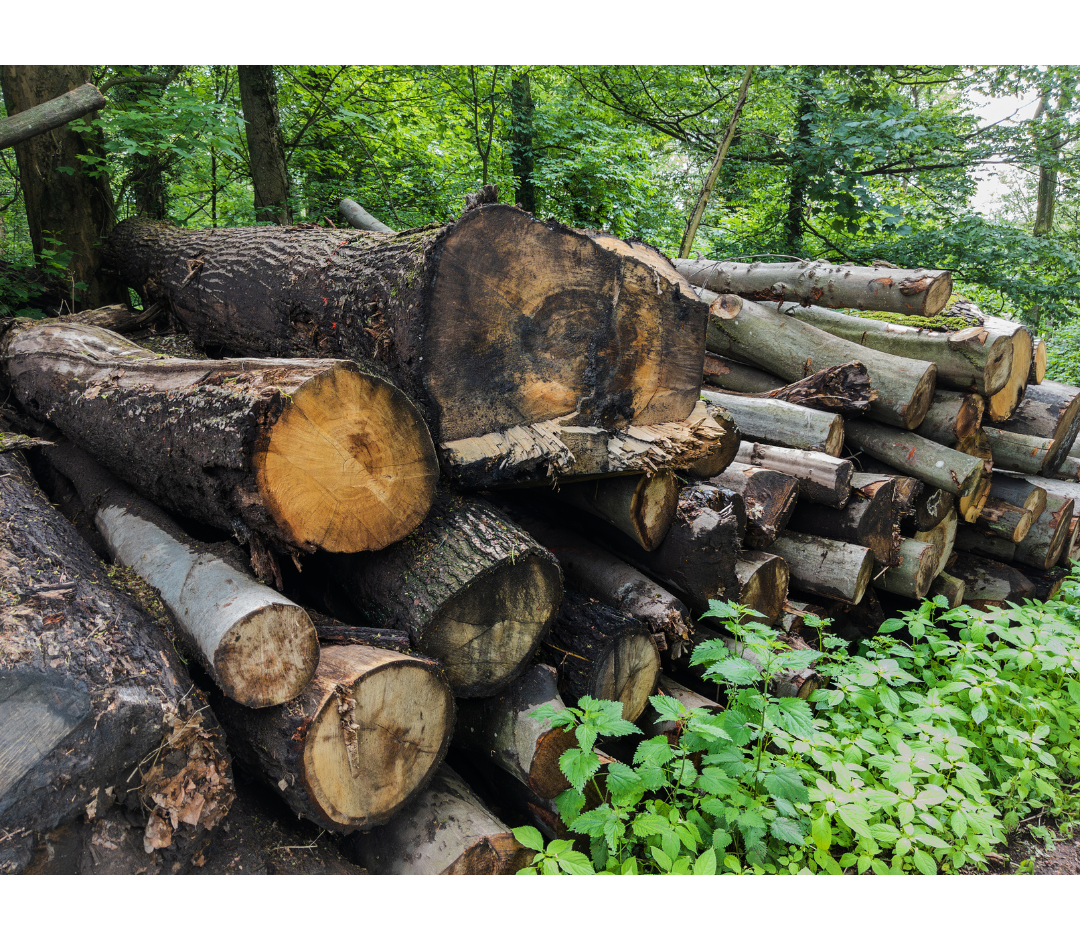
Freshly chopped wood
If you are lucky enough to have your own piece of land where you can harvest your own firewood, you will need to have some patience before you begin burning. Freshly felled trees can have a moisture content of up to 80%, depending on the species, and their wood must be dried before it is burnt.
It takes on average 12–18 months to dry firewood so its moisture content is 20% or less, so ensure any freshly chopped wood is left to season before it is burnt.
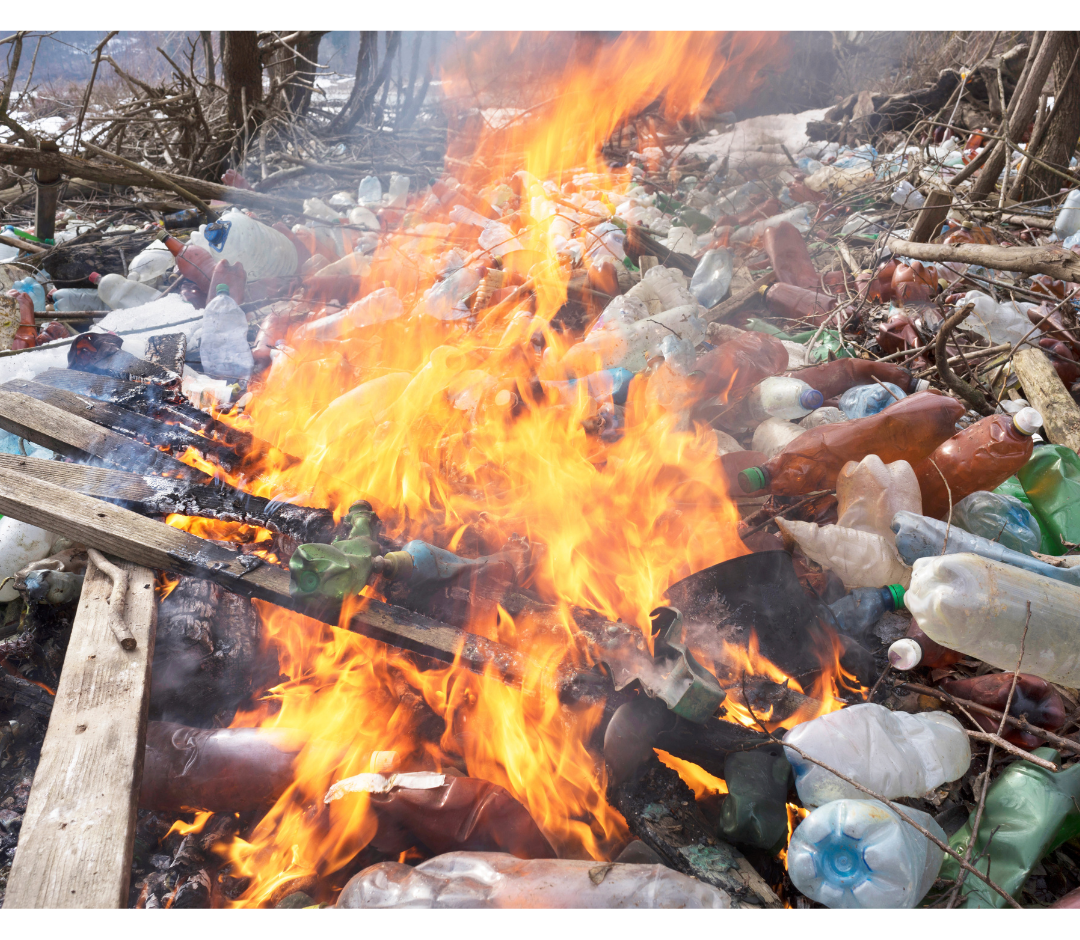
Plastics
Due to the widely differing makeup of individual plastics, you could emit huge amounts of pollution and toxic chemicals if you were to burn plastics in your wood burner. When burned, all plastics produce harmful pollution that damages the environment and your health.
Plastics also emit a high amount of smoke as they burn, potentially damaging your health and causing you to incur a fine.
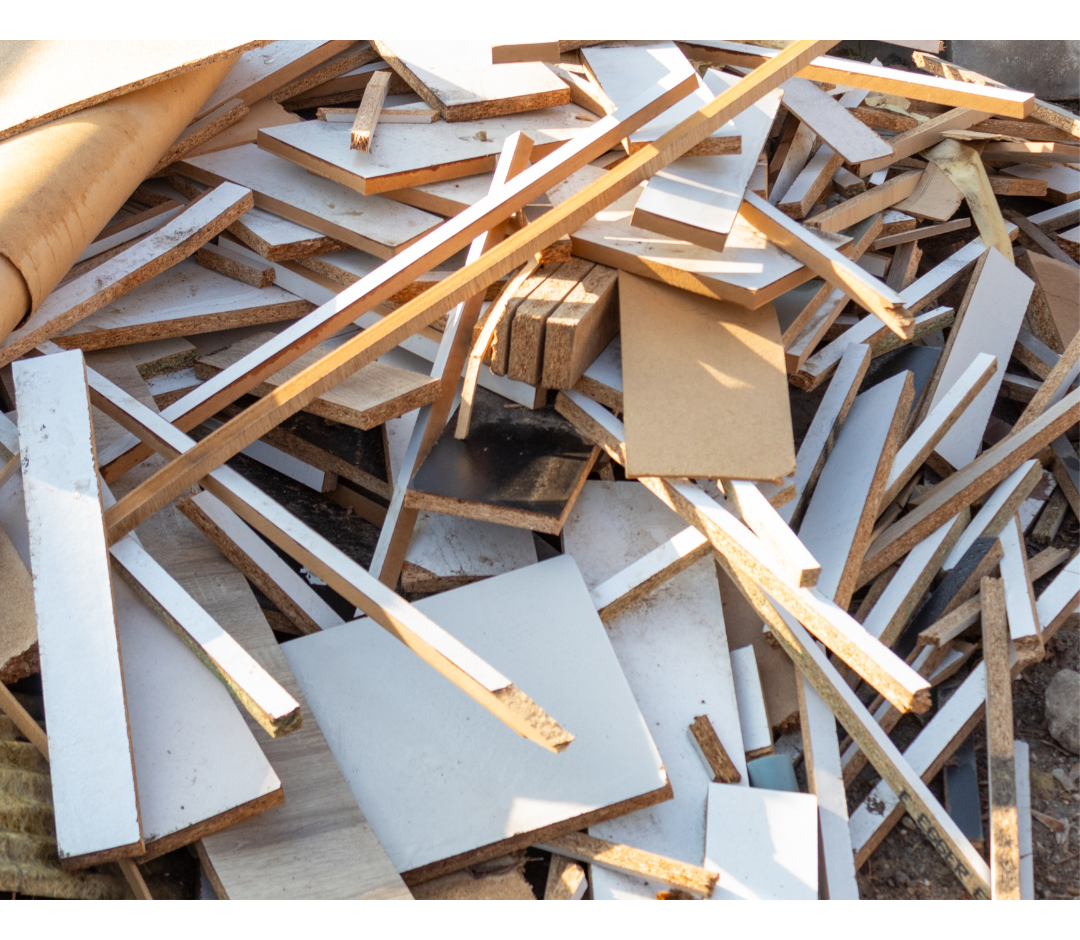
Particle board, chipboard, plywood, and MDF
These construction materials contain glue and other curing chemicals that emit extremely dangerous gases when burnt. Particle board should never be burnt – whether it is inside a wood-burning stove or in the open. Burning any of these in your wood burner can cause significant damage to your appliance and chimney liner.
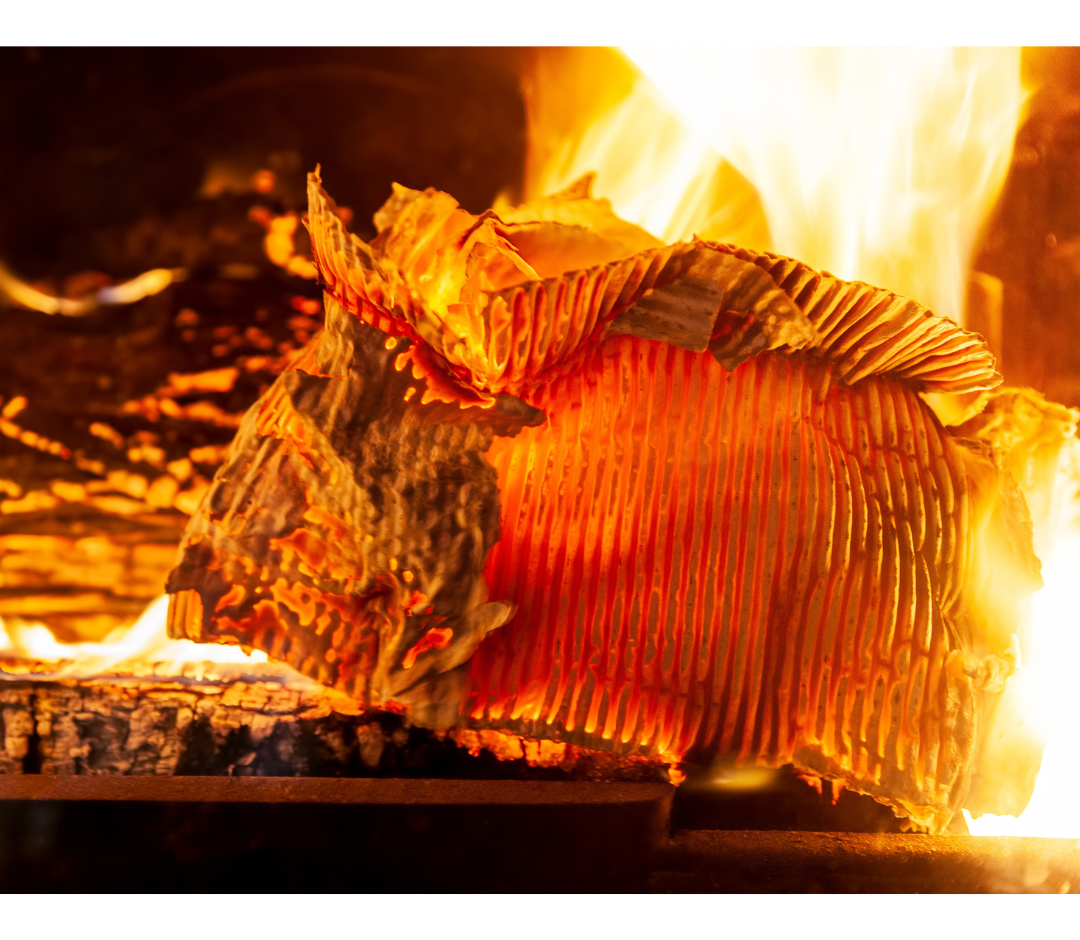
Cardboard
Whilst cardboard is widely known to easily burn, it should not be used as fuel in your wood burner as it often contains glues and other resins which, when burnt, emit toxic fumes, and can damage your appliance and your health.
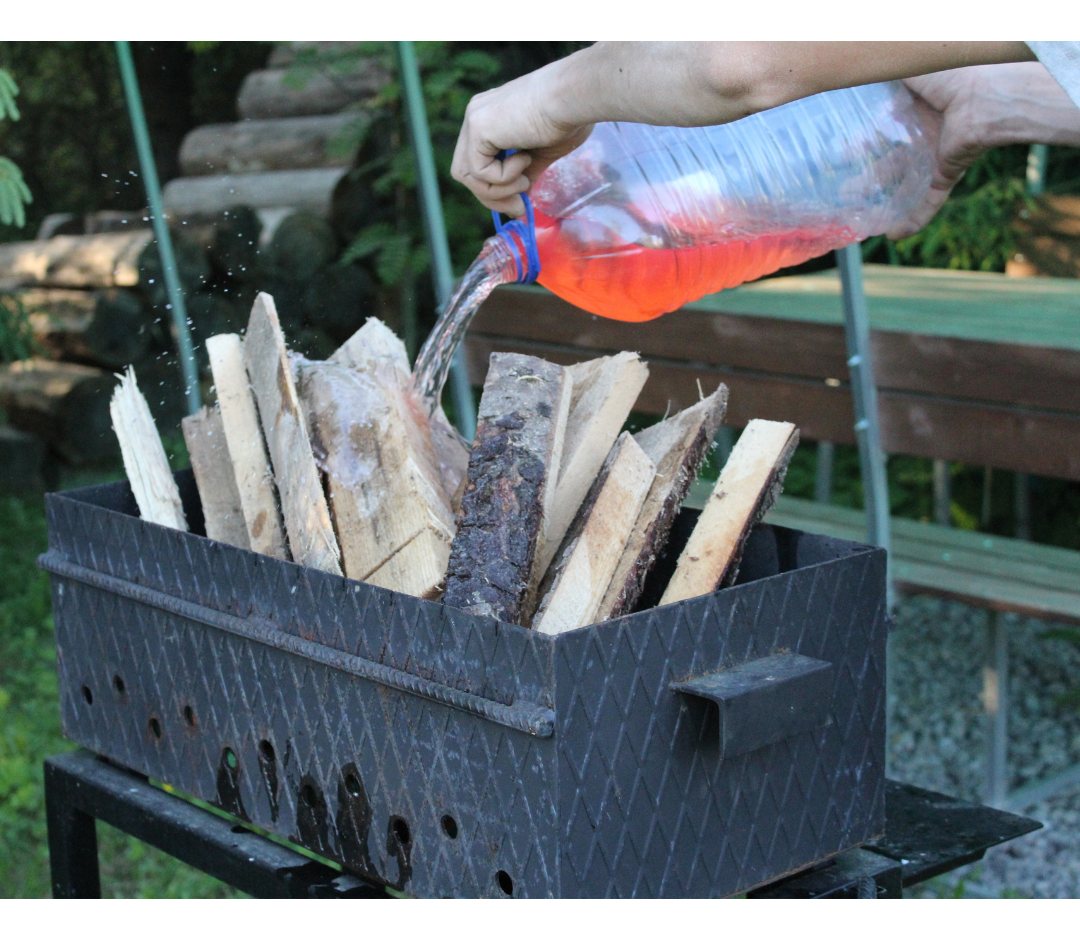
Fire accelerants
When looking to light a fire easily, stick to using kindling and the top-down method of lighting a fire. Fire accelerants, such as diesel or petrol, are extremely dangerous and prone to igniting explosively, especially when not handled carefully.
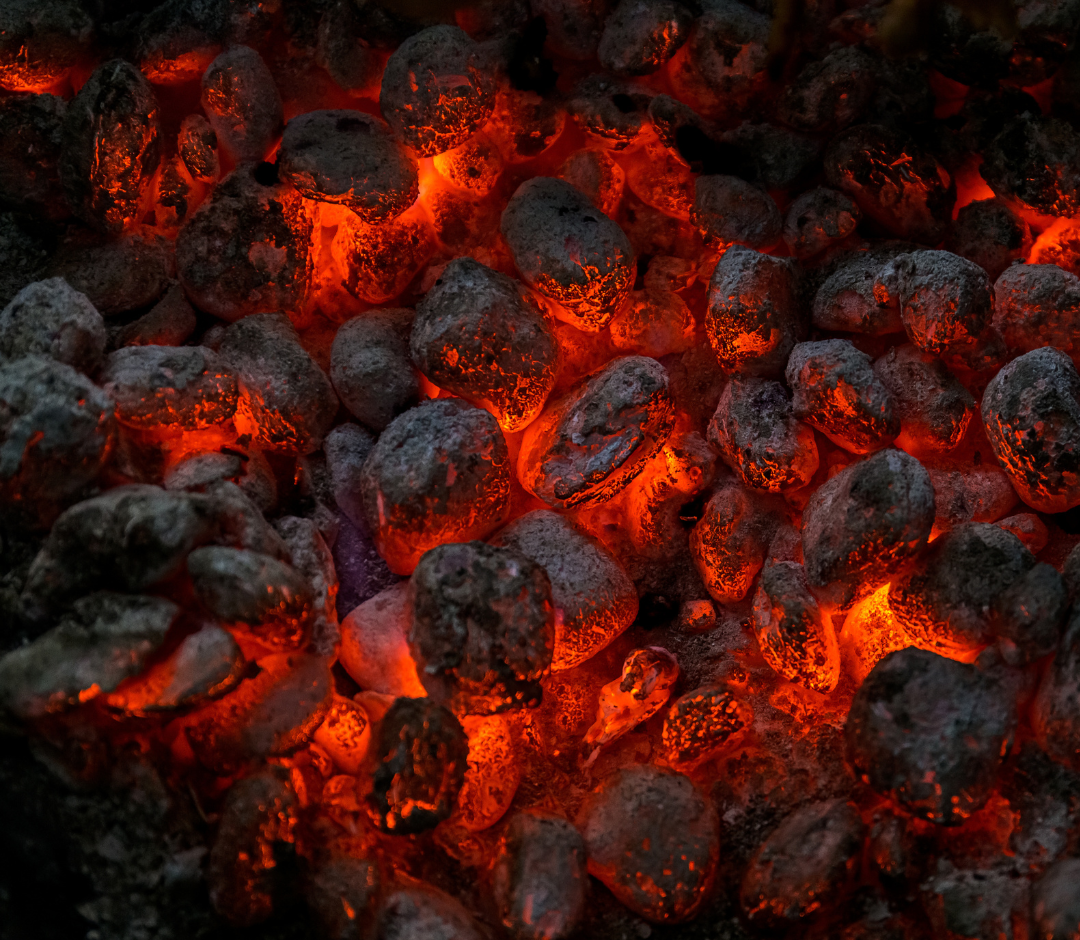
Coal
It has been illegal for businesses to sell house coal in England for domestic burning since 1 May 2023. Coal is an inefficient and highly polluting source of fuel, and this ban has prevented its use in England.
Manufactured solid fuels (MSF), also known as smokeless fuels, are an alternative fuel that emit significantly less emissions and burn much more efficiently than coal. However, MSFs should only be burned in multifuel stoves; wood-burning stoves are not designed to burn these types of fuels, and their use can cause damage.
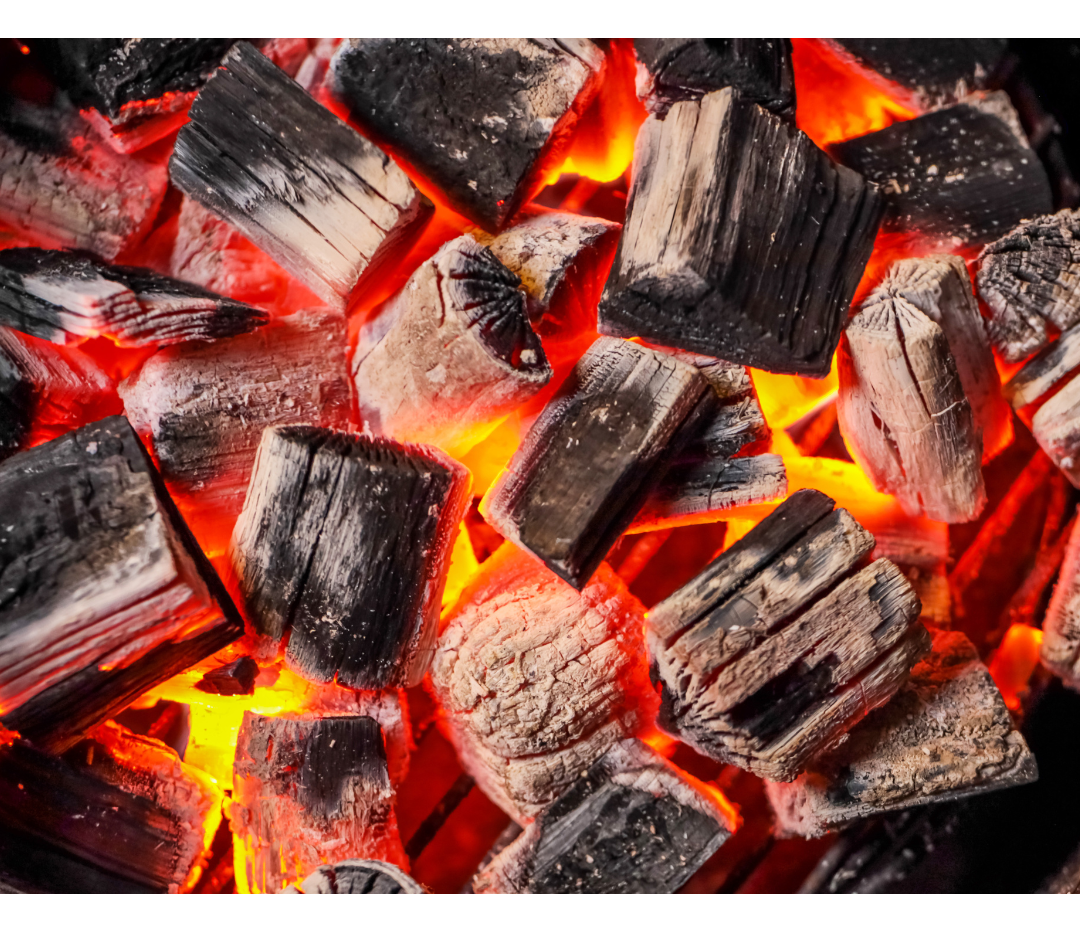
Charcoal
Charcoal’s common use in outdoor barbeques makes it a popular fuel, but it should not be burned in your wood burner or your multifuel stoves. When charcoal burns it emits a high amount of carbon dioxide – burning charcoal in your home could create unsafe levels of carbon dioxide and lead to potentially dangerous consequences.
As charcoal burns at a very high temperature (up to 1100°C), using it in your wood burner – even if just for a short period of time – can cause irreparable damage to your stove. Your wood-burning stove is not designed to withstand such high temperatures; the manufacturer’s instructions will detail the maximum operating temperature for your stove as this value varies across appliances.
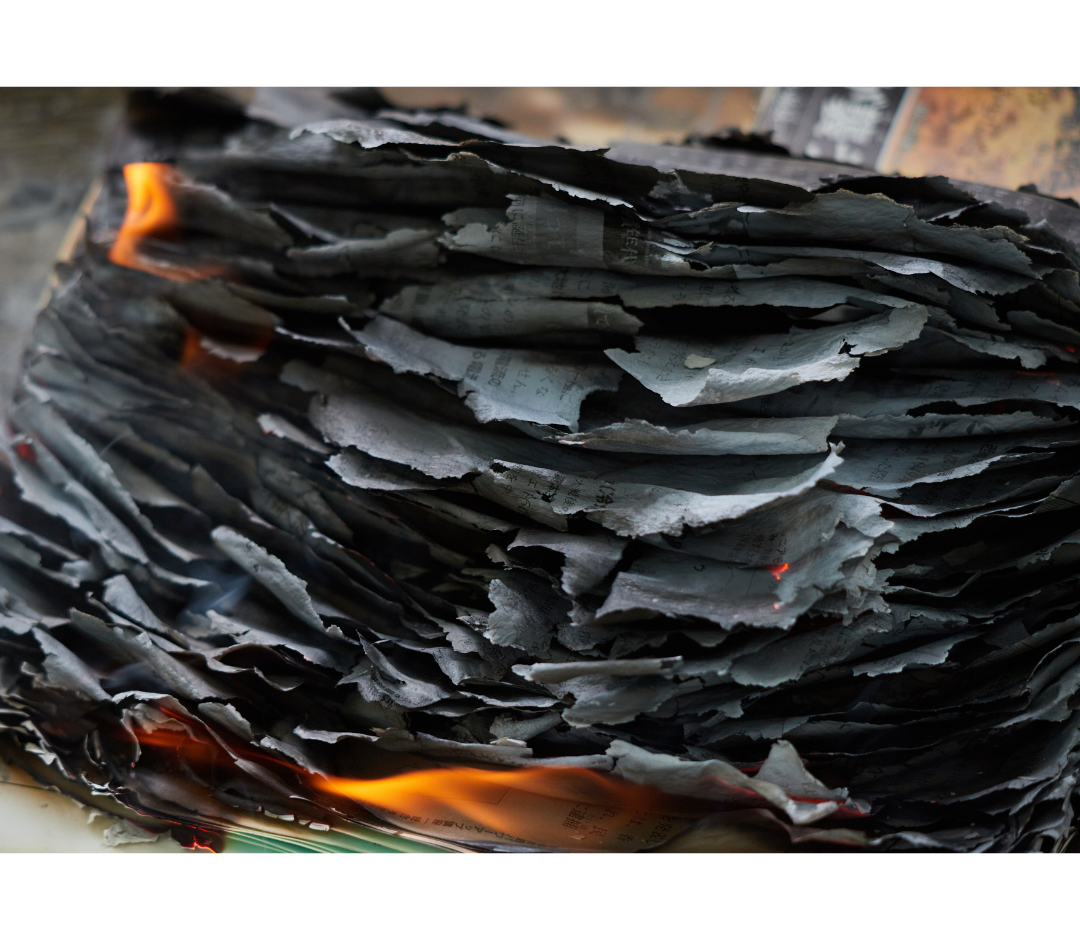
Printed paper
The chemicals contained in the designs on printed paper release harmful chemicals when burned, so any paper with colour print should not be used as fuel for your wood burner – this includes magazines and leaflets.
Small amounts of black and white newspaper can be used as a substitute for a firelighter to help build your fire but should not be your primary fuel – it produces a lot of smoke when burned in large quantities which will increase the build-up of deposits in your chimney.
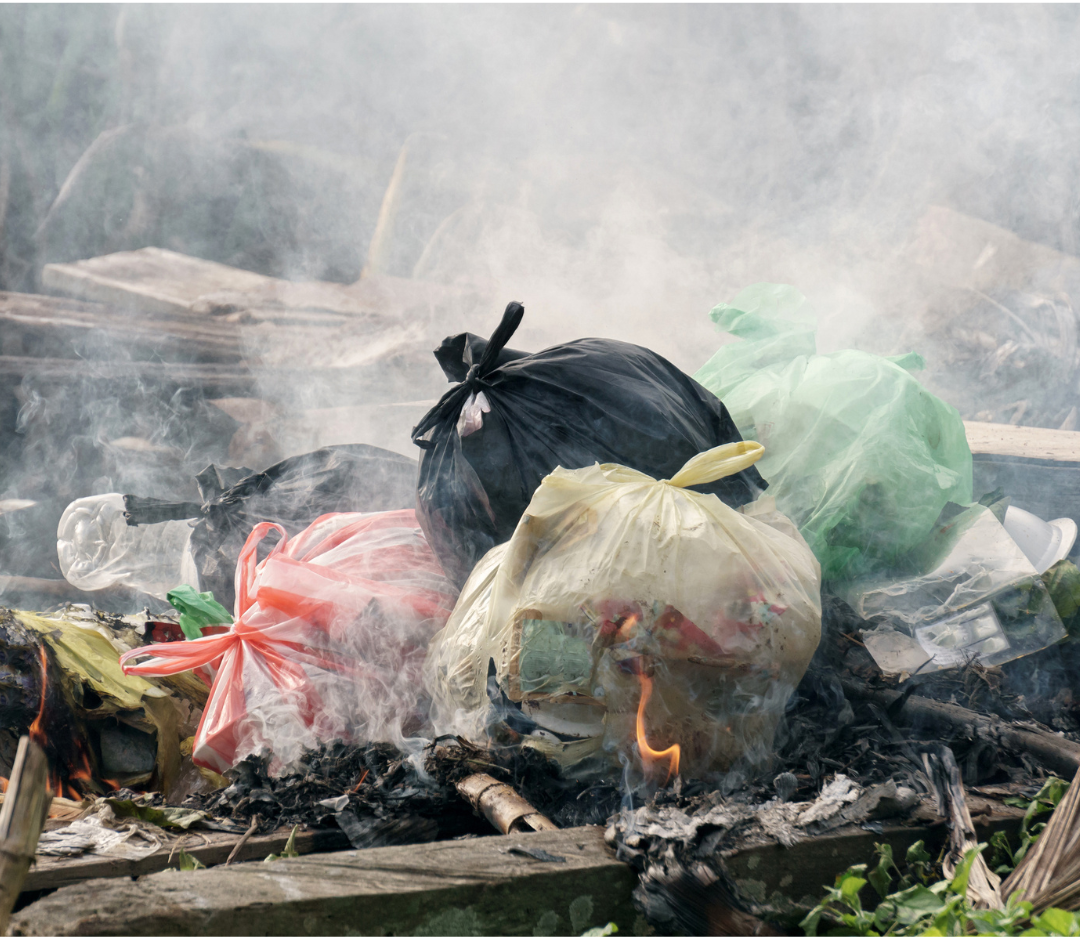
Rubbish or waste
Your stove should not be treated as a bin – it is designed to efficiently and safely burn dry wood fuel; not rubbish you want to dispose of. Your stove is not designed to incinerate any and all material – wood fuel will burn efficiently and safely in your stove whereas waste will risk a house fire, appliance damage, or toxic fumes being emitted.
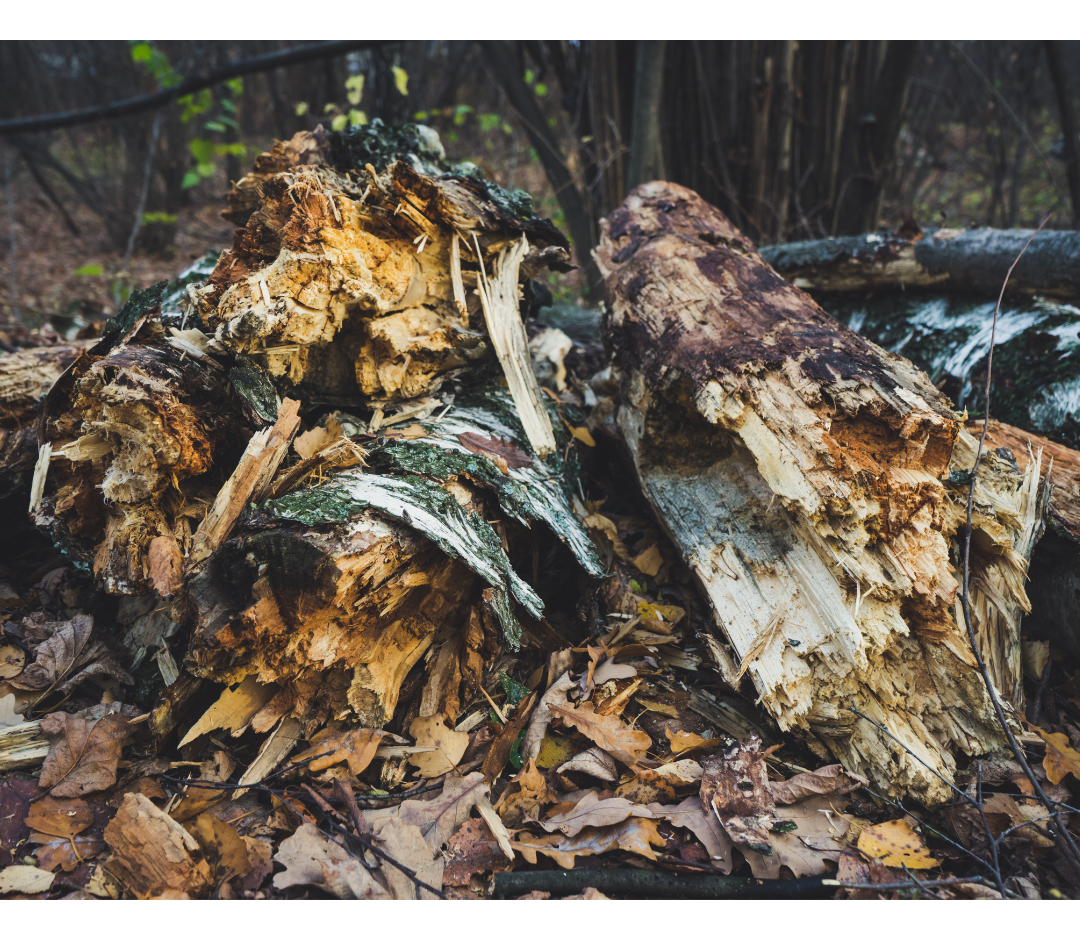
Rotten wood
In comparison to the other materials you shouldn’t burn, rotten wood isn’t as dangerous, but it still should not be burnt in your wood burner. Rotten wood is likely to have a higher moisture content, so will need to be tested using a moisture meter to ensure it has not reabsorbed water.
Burning rotten wood also has the potential to give off an unpleasant smell (you’ll need to spend a lot of time removing fungus and bugs before using it to warm your home) and storing it near healthy, seasoned wood can cause fungus, bacteria, or insects to spread and contaminate more firewood.
It’s best to immediately dispose of any rotten wood – it is unlikely to produce a pleasant or efficient burn and can ruin your entire wood store if left unchecked.
If you’re ever unsure if something can be burned in your stove, follow this simple flowchart:
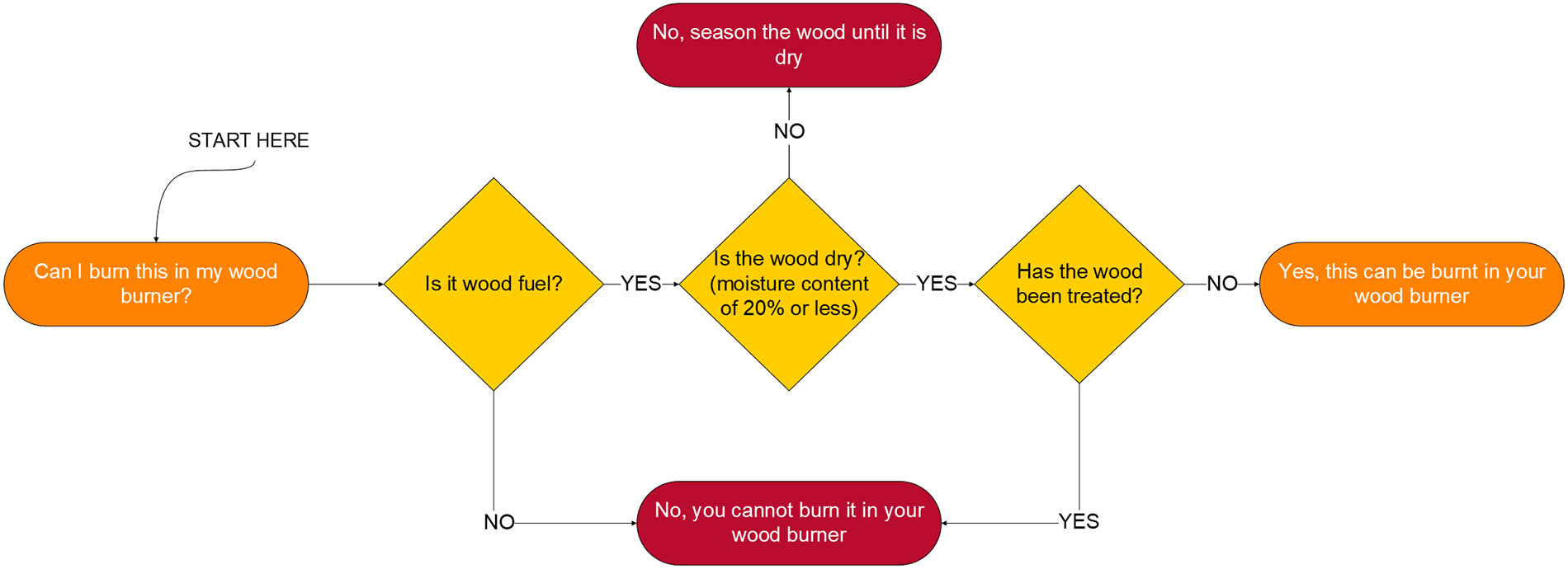
What should you burn in your stove?
Wood-burning stoves are specifically designed to burn wood – and they do it incredibly efficiently.
Cleaner Choice wood burners achieve over 70% efficiency, making them perfect to keep your home warm during the colder months.
To avoid fines this winter and make sure your stove burns safely and efficiently, always burn Ready to Burn firewood. Checking that your wood maintains a moisture content below 20% and storing it correctly will provide you with a safe burn that keeps your home warm throughout the colder months.
The HETAS Advice Hub has a range of tips and advice to ensure you can continue to burn safely and responsibly.

